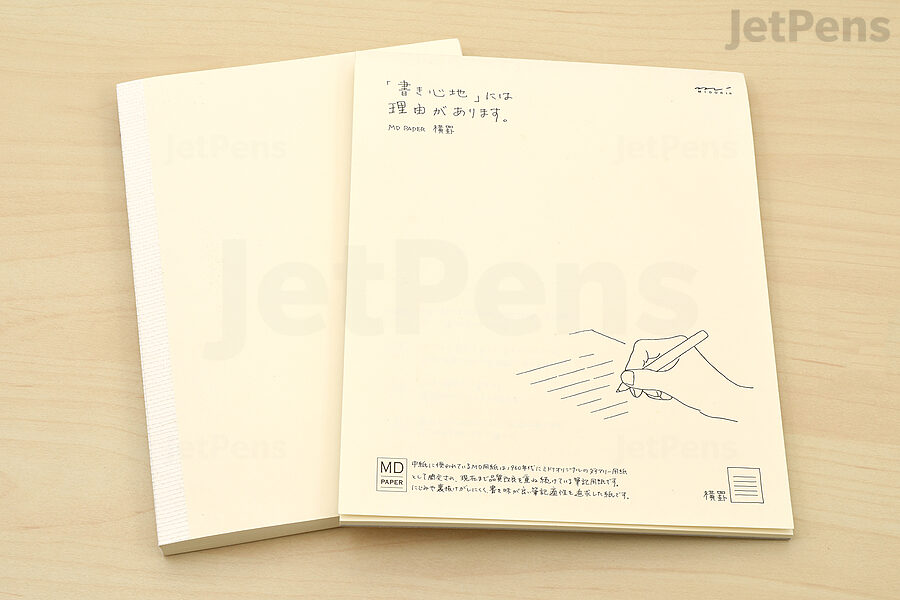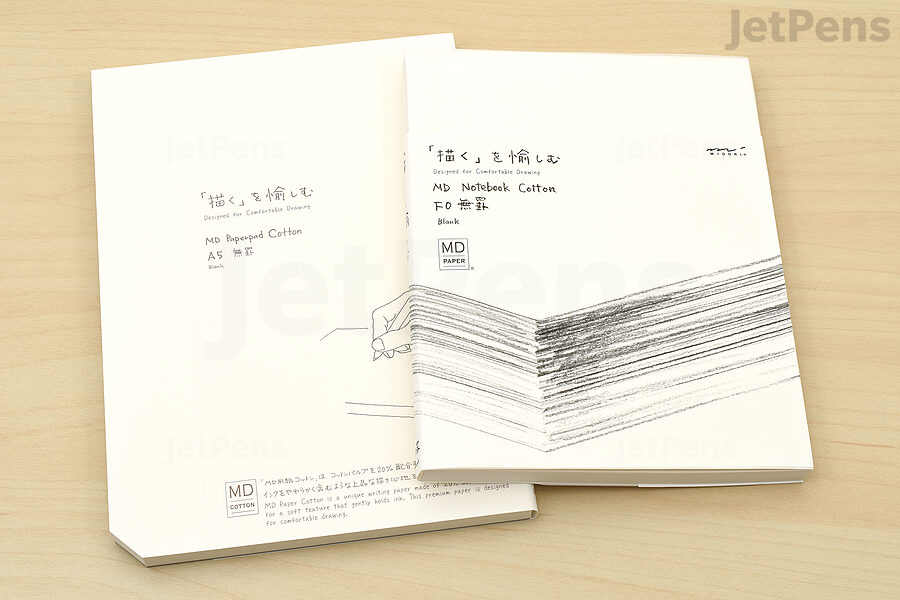
The Nihon Shoki records the arrival of Chinese paper and ink to Japan.
We know from Nihon Shoki (the Chronicles of Japan) that Doncho, a Korean Buddhist priest, brought Chinese paper and ink to Japan in 610 C.E. At the time, Prince Shotoku wanted a stronger paper and popularized the use of mulberry branches in paper production because they were already used to make textiles. This paper became known as washi, which is stronger, more absorbent, and more durable than modern commercial paper. Its properties meant that it was great for calligraphy and artwork, as well as official documents that had to be preserved. Its capacity to let light through led to its use in lanterns and lamps.
Many farmers were unable to produce high-quality crops in winter and began to grow mulberry. Winter was the perfect time to produce washi because the cold river water was best for removing lye and other impurities from mulberry fibers. Sakoku, Japan’s closed-country policy before the Meiji period that started in the 1860s, forced Japanese people to make use of the resources they had for papermaking to cultivate their craft over centuries. Moreover, paper’s inherent connection with nature related it to gods from Japanese mythology, inspiring reverence for the product among Japanese citizens.

Today, artisans continue to use traditional techniques to make washi.
1
Even today, some washi makers still use traditional techniques and complete all steps by hand in a several-weeks-long process. They must follow exact specifications developed through centuries of experience and passed down through family lines and apprenticeships. The United Nations Educational, Scientific, and Cultural Organization awarded the sekishubanshi, honminoshi, and hosogawa washi-making techniques the Intangible Cultural Heritage status because they are such a big part of their regions’ identities and have been passed down from generation to generation for centuries.
Artisans need to meet specific qualifications to give their washi certain titles of guaranteed quality. For instance, to call their washi honminoshi, the highest quality washi from the city of Mino, washi makers must train for at least ten years under a member of the Association for the Preservation of Honminoshi. The cultural and historical significance of Mino washi extends even to those that have modernized washi paper production. Though Furukawashiko—a stationery company based in Mino—uses machine-made washi paper in its letter sets, they are proud to source much of the paper from local manufacturers.
Along with the preservation in manufacturing techniques of high-quality washi, Japan also makes paper a large part of its culture through festivals and traditions. In Echizen, a city in the Fukui Prefecture known for its washi, production of paper can only start after craftsmen visit the paper goddess Kawakami Gozen and pay respects at the Okamoto Otaki shrine. Children, elders, and citizens of Echizen take part in a three-day festival to honor the goddess, bringing offerings to the top of a mountain.











































